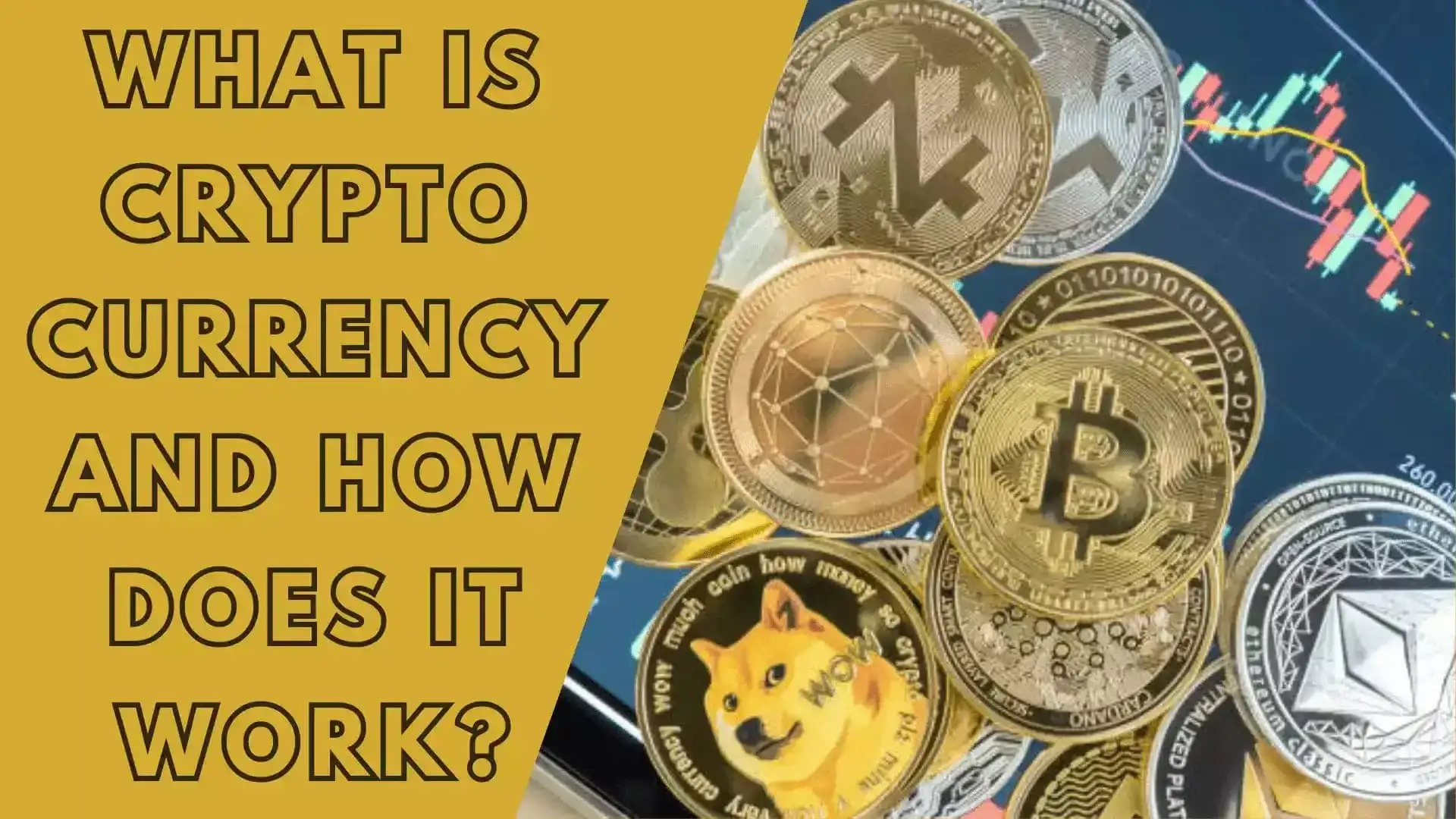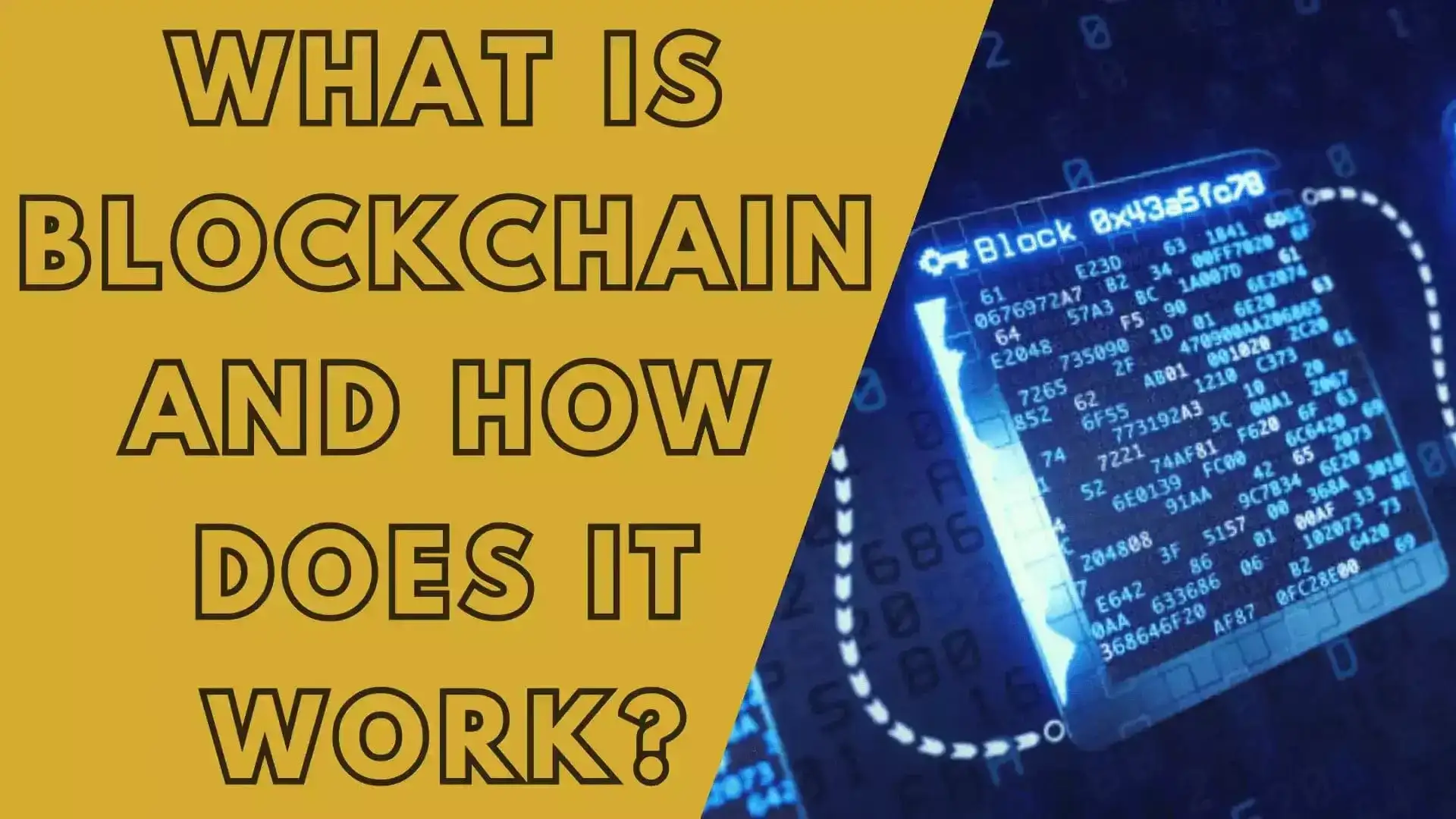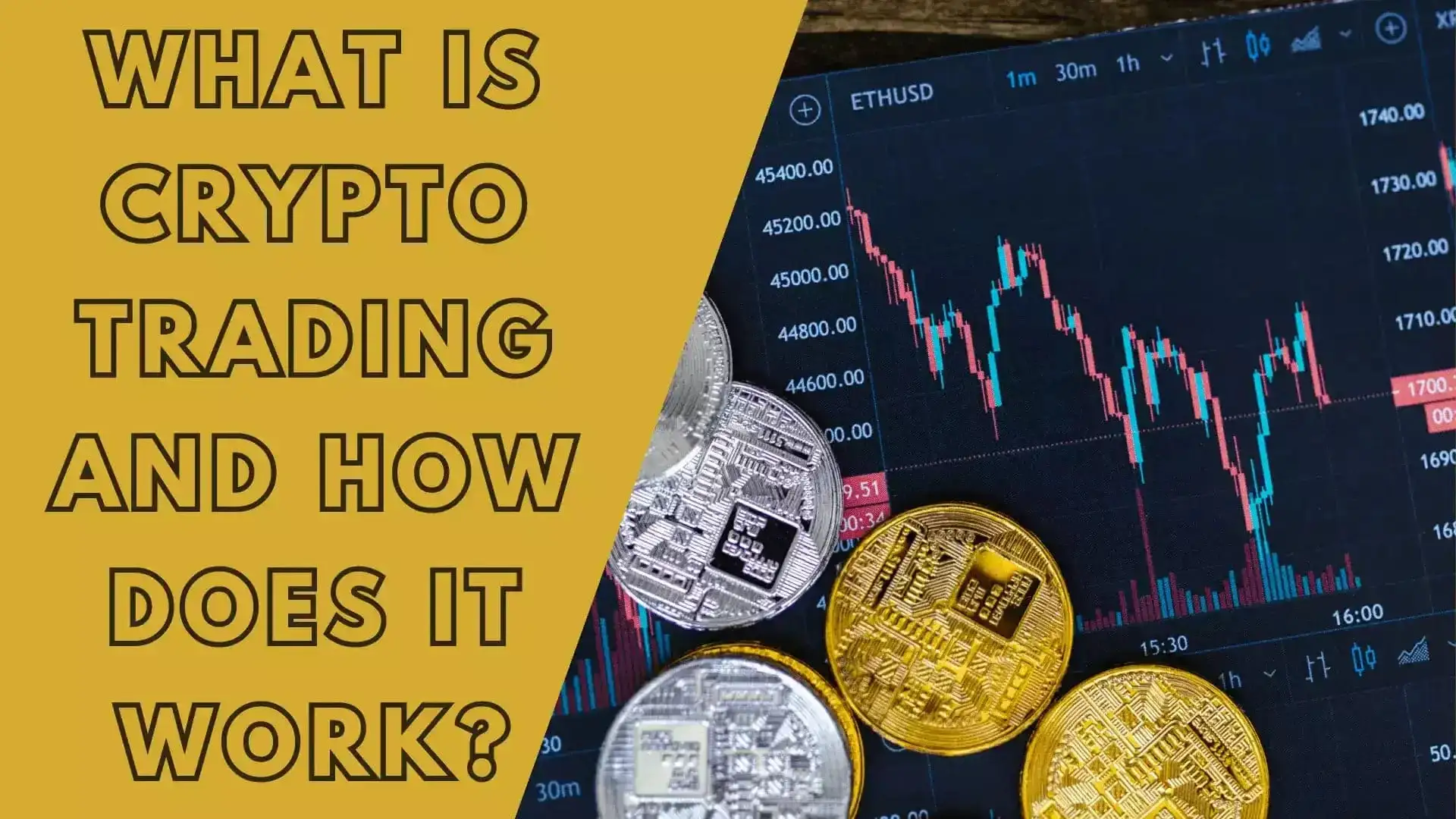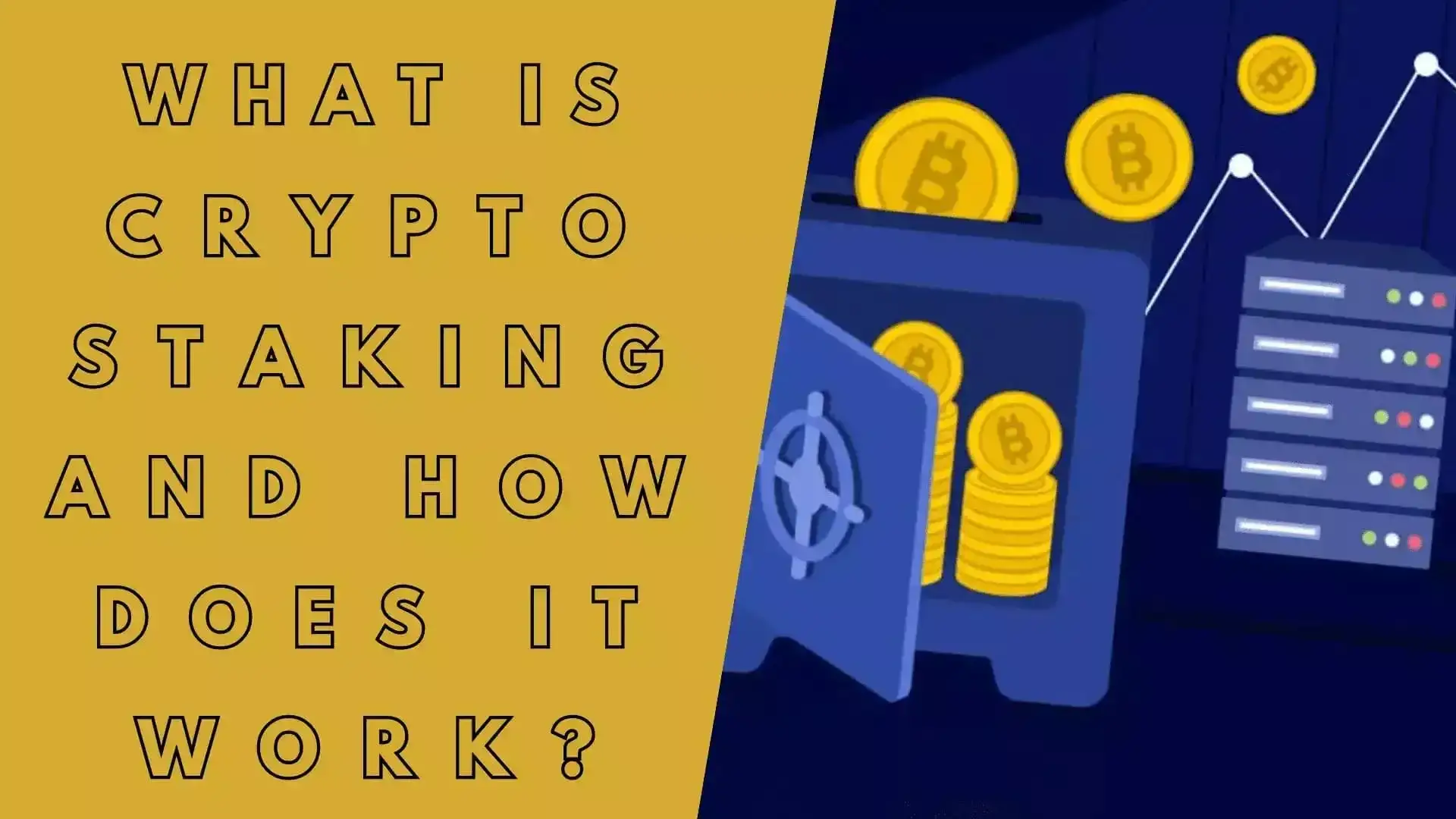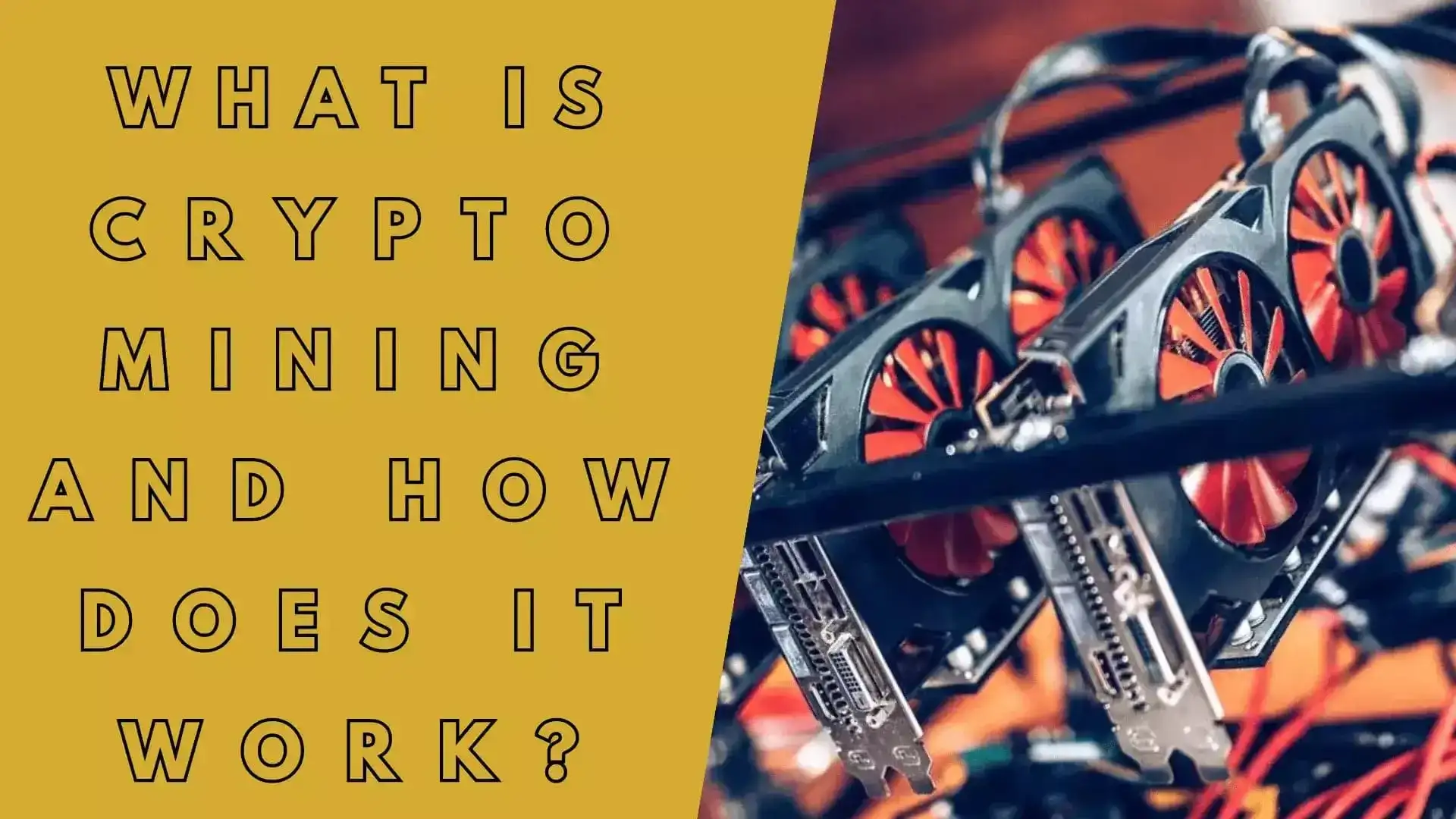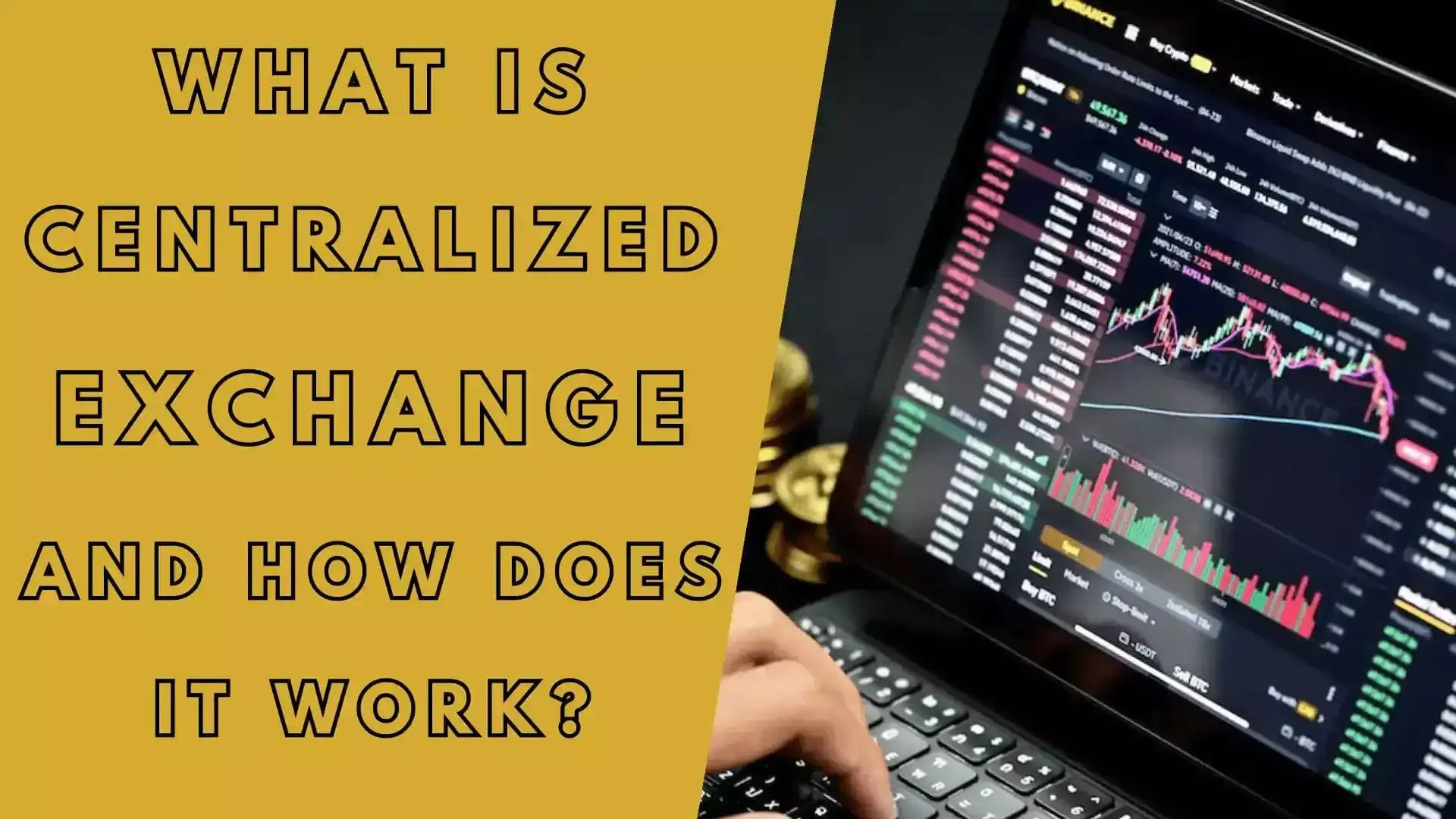What Are Ordinals? An Overview of Bitcoin NFTs
Ordinals, also known as Non-Fungible Tokens (NFTs), have become a hot topic in recent years, particularly within the realm of cryptocurrencies. While Bitcoin is primarily recognized as a digital currency, NFTs provide a new and innovative way to represent digital assets and ownership. In this article, we will explore the concept of ordinals and delve into the exciting world of Bitcoin NFTs.
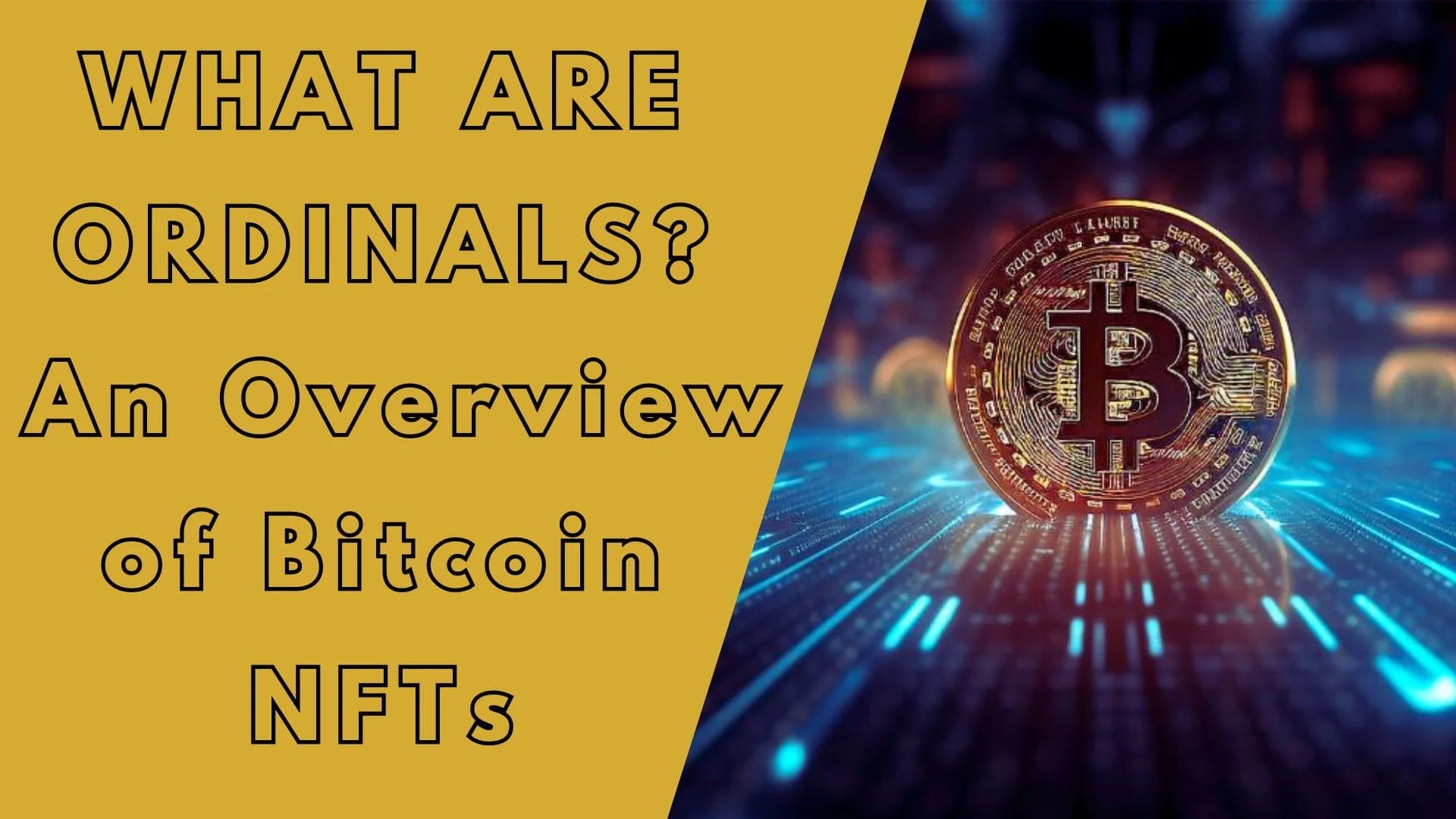
Posted on 20 Dec 2023
Understanding Ordinals
To grasp the concept of ordinals, it is essential to understand fungible tokens first. Fungible tokens, such as Bitcoin, are interchangeable with one another. Each unit of Bitcoin holds the same value and can be exchanged for another unit without any distinction. In essence, fungible tokens can be exchanged on a one-to-one basis, similar to traditional currencies.
On the other hand, ordinals, or Non-Fungible Tokens (NFTs), are unique digital assets that cannot be directly exchanged on a like-for-like basis. Each ordinal token carries distinct characteristics, making it one-of-a-kind. This uniqueness can be attributed to various factors, including scarcity, rarity, and specific attributes inherent to the asset.
Characteristics of Bitcoin NFTs
Bitcoin NFTs leverage the underlying blockchain technology, which provides a decentralized and transparent platform for token creation and ownership tracking. While Bitcoin is primarily associated with fungible tokens, developers have found innovative ways to represent non-fungible assets using the Bitcoin blockchain.
Immutability and Ownership
One of the key features of Bitcoin NFTs is their immutability. Once a non-fungible token is created and recorded on the Bitcoin blockchain, it becomes part of a permanent and unalterable record. This ensures the uniqueness and integrity of the asset, preventing any manipulation or duplication.
Additionally, the blockchain provides a decentralized system for tracking ownership of Bitcoin NFTs. Each token is associated with a specific Bitcoin address or wallet, allowing for transparent ownership transfer and verification. As a result, individuals can have full control over their digital assets and prove their ownership without the need for centralized intermediaries.
Scarcity and Rarity
Scarcity and rarity are significant factors that contribute to the value and desirability of Bitcoin NFTs. Similar to physical collectibles, such as rare baseball cards or artwork, digital scarcity can be a driving force behind the demand for NFTs. By limiting the supply of a particular digital asset, developers can create a sense of exclusivity and uniqueness.
Bitcoin NFTs often incorporate scarcity by using limited edition releases or incorporating unique attributes into the assets. For example, a limited edition digital artwork may have only 100 copies available, with each copy representing a unique ordinal token. This limited supply can drive up the value of the individual tokens, as collectors and enthusiasts seek to own a piece of digital rarity.
Use Cases for Bitcoin NFTs
Bitcoin NFTs have a wide range of use cases, extending beyond traditional art and collectibles. Let's explore a few popular applications:
Digital Art
Digital art has rapidly gained traction in the NFT space, and Bitcoin NFTs provide a unique platform for artists to showcase and sell their creations. By tokenizing their artwork, artists can prove ownership, ensure scarcity, and sell their pieces directly to collectors. This eliminates the need for intermediaries and allows artists to retain control over their work.
Virtual Real Estate
Virtual worlds and metaverses have become increasingly popular, with platforms like Decentraland and Cryptovoxels offering digital landscapes for users to explore. Bitcoin NFTs can represent virtual land parcels within these virtual worlds, allowing users to buy, sell, and develop their digital properties. This opens up opportunities for virtual real estate investment and development in a decentralized environment.
Gaming Assets
Bitcoin NFTs can also be used to represent in-game assets and items in blockchain-based games. Players can buy, sell, and trade these assets on decentralized marketplaces, providing a new level of ownership and interoperability between different games. This introduces the concept of true ownership and the ability to transfer digital items across various gaming platforms.
Challenges and Future Potential
While Bitcoin NFTs offer exciting opportunities, there are also challenges and considerations to address. One major concern is the environmental impact of blockchain technology, particularly in the case of Bitcoin. Bitcoin mining consumes a vast amount of energy, which has led to concerns about its sustainability.
However, developers and enthusiasts are actively exploring solutions to mitigate these concerns. One such solution is the adoption of more energy-efficient consensus mechanisms, such as Proof of Stake (PoS), which consume significantly less energy compared to Bitcoin's Proof of Work (PoW) mechanism.
Despite the challenges, the future potential of Bitcoin NFTs is vast. As the adoption of blockchain technology continues to grow, we can expect to see further integration of NFTs in various industries, including music, film, sports, and beyond. The ability to prove ownership, ensure scarcity, and create unique digital assets has the potential to revolutionize traditional business models and empower creators and collectors alike.
Conclusion
In conclusion, Bitcoin NFTs, or ordinals, are unique digital assets that provide a new way to represent ownership and value on the Bitcoin blockchain. These tokens leverage the immutability and transparency of the blockchain to create scarce and rare digital assets with a wide range of use cases. While challenges and concerns remain, the potential for Bitcoin NFTs to revolutionize industries and empower creators is undeniable. As the world embraces the digital realm, Bitcoin NFTs offer an exciting glimpse into the future of ownership and creativity.
